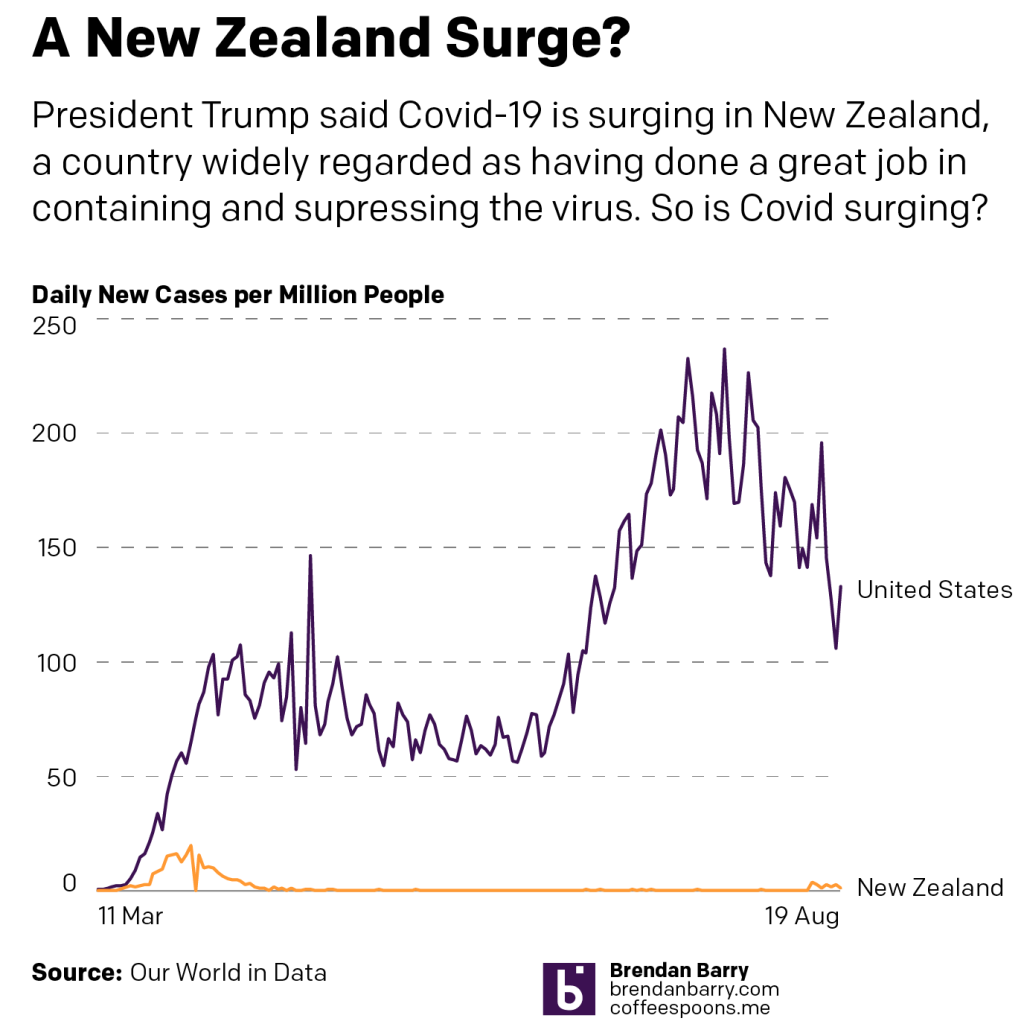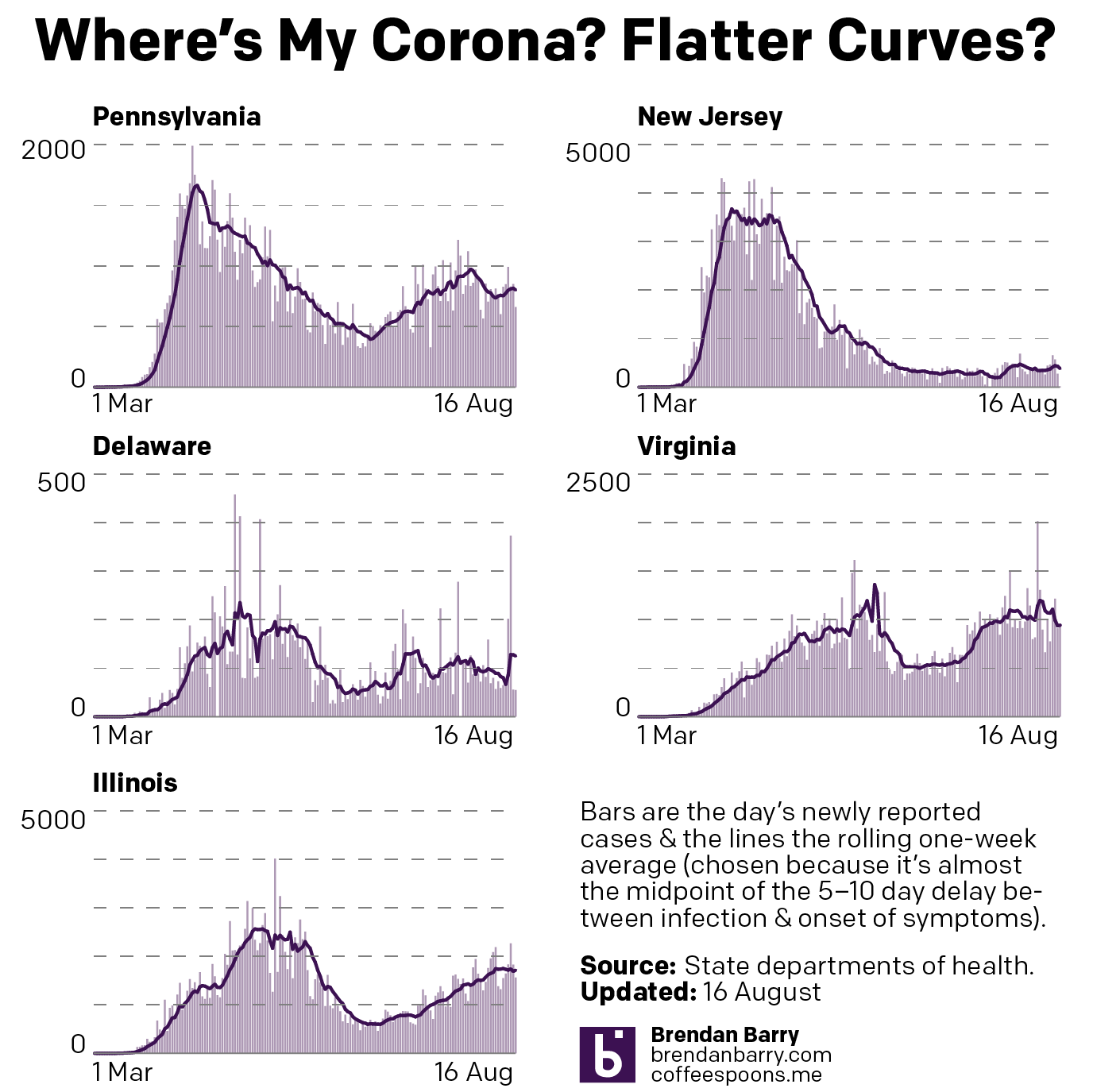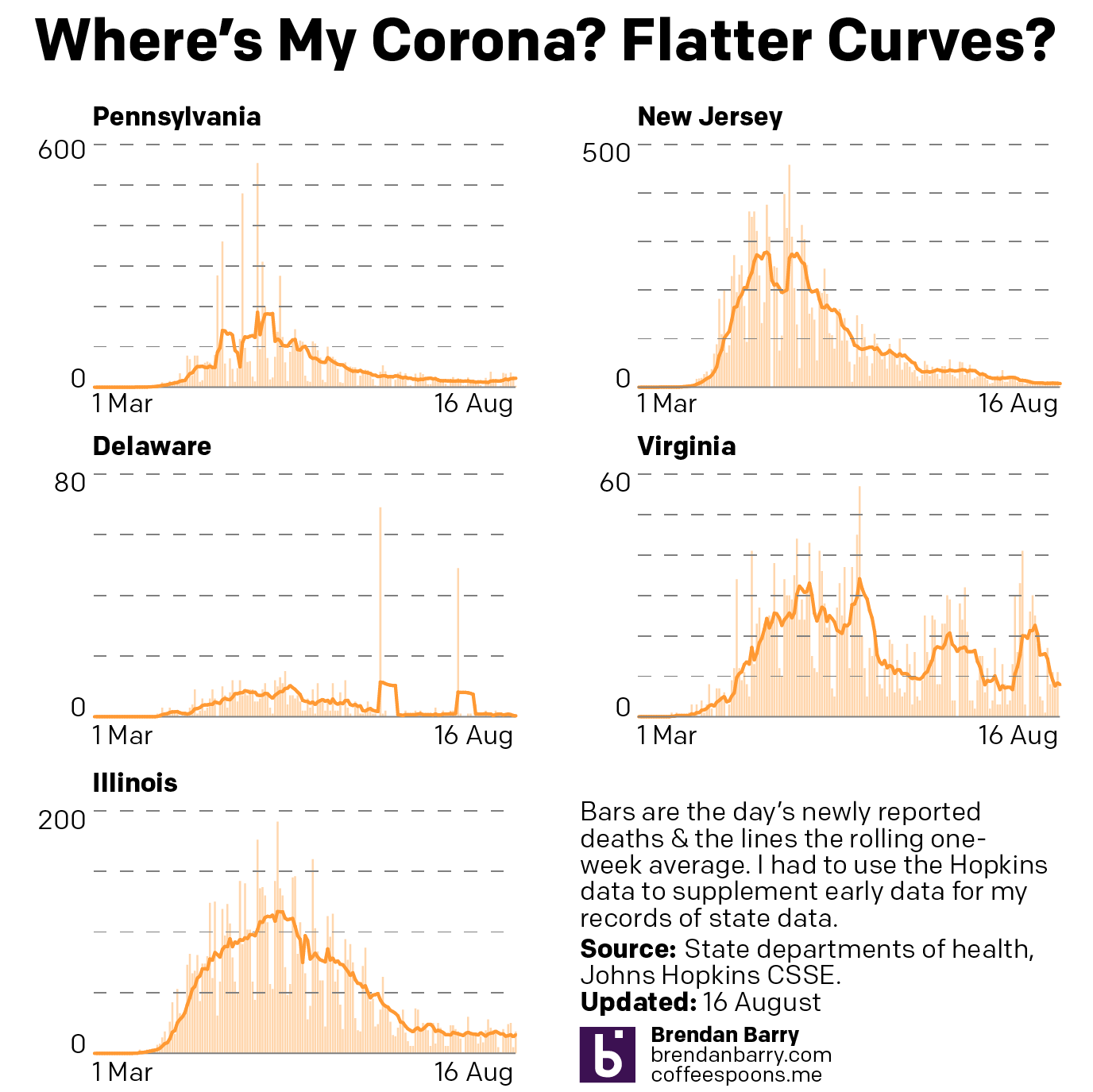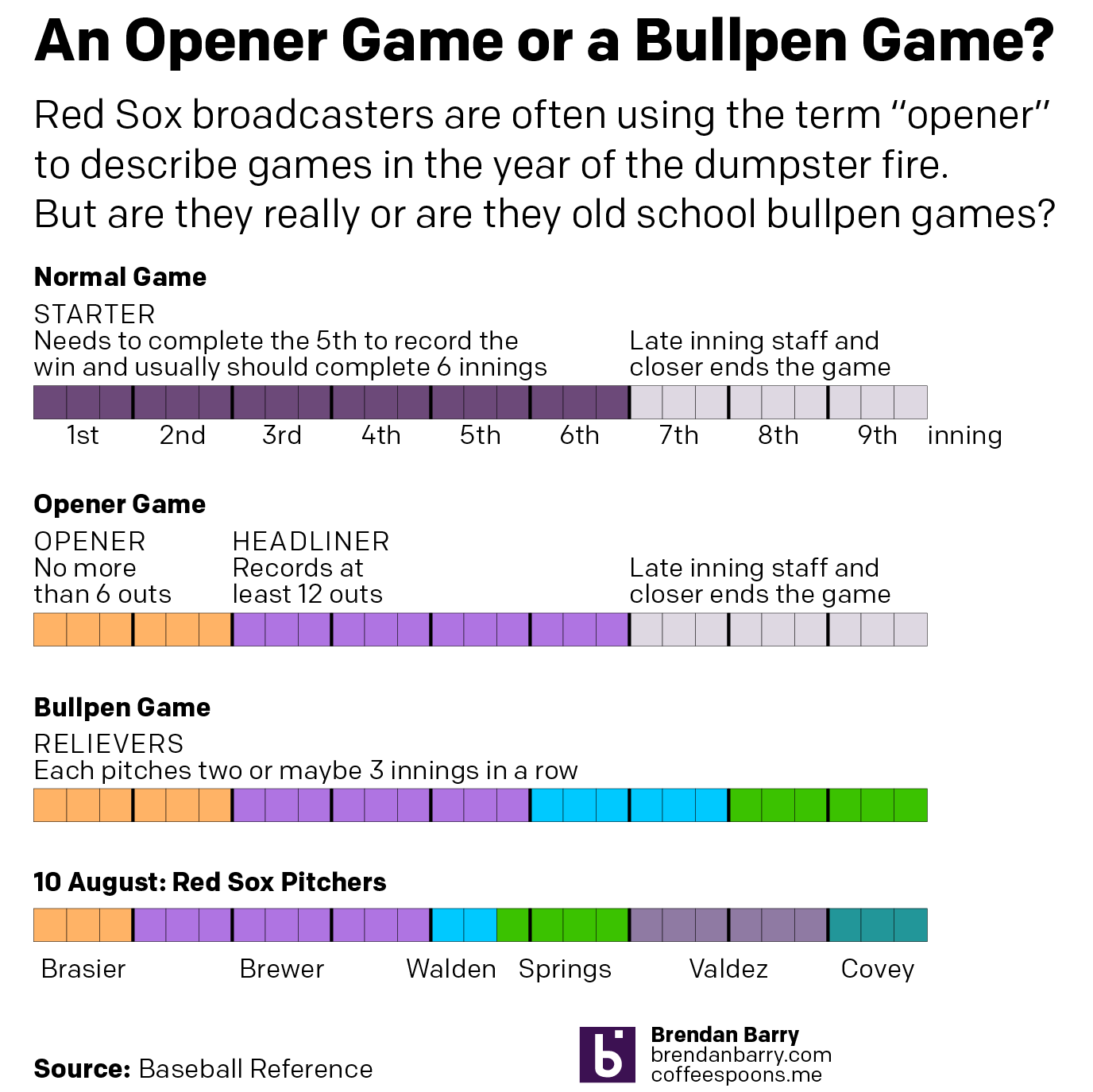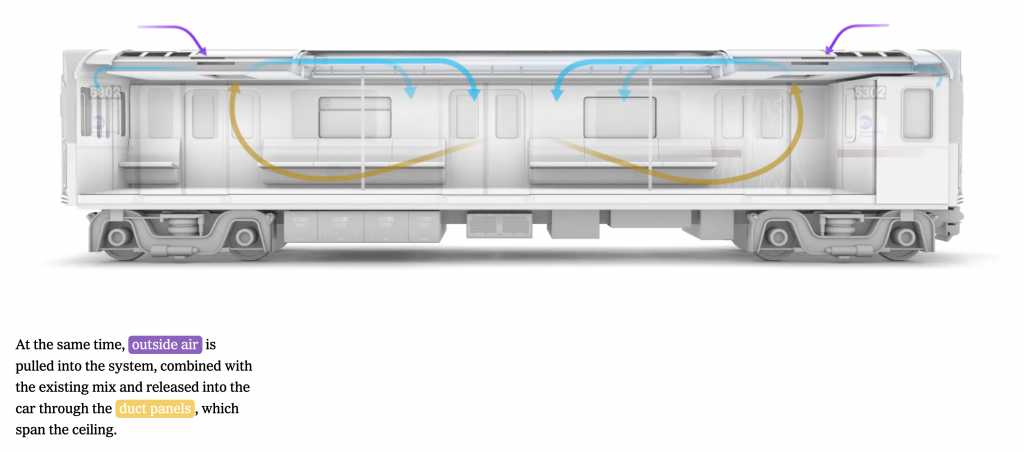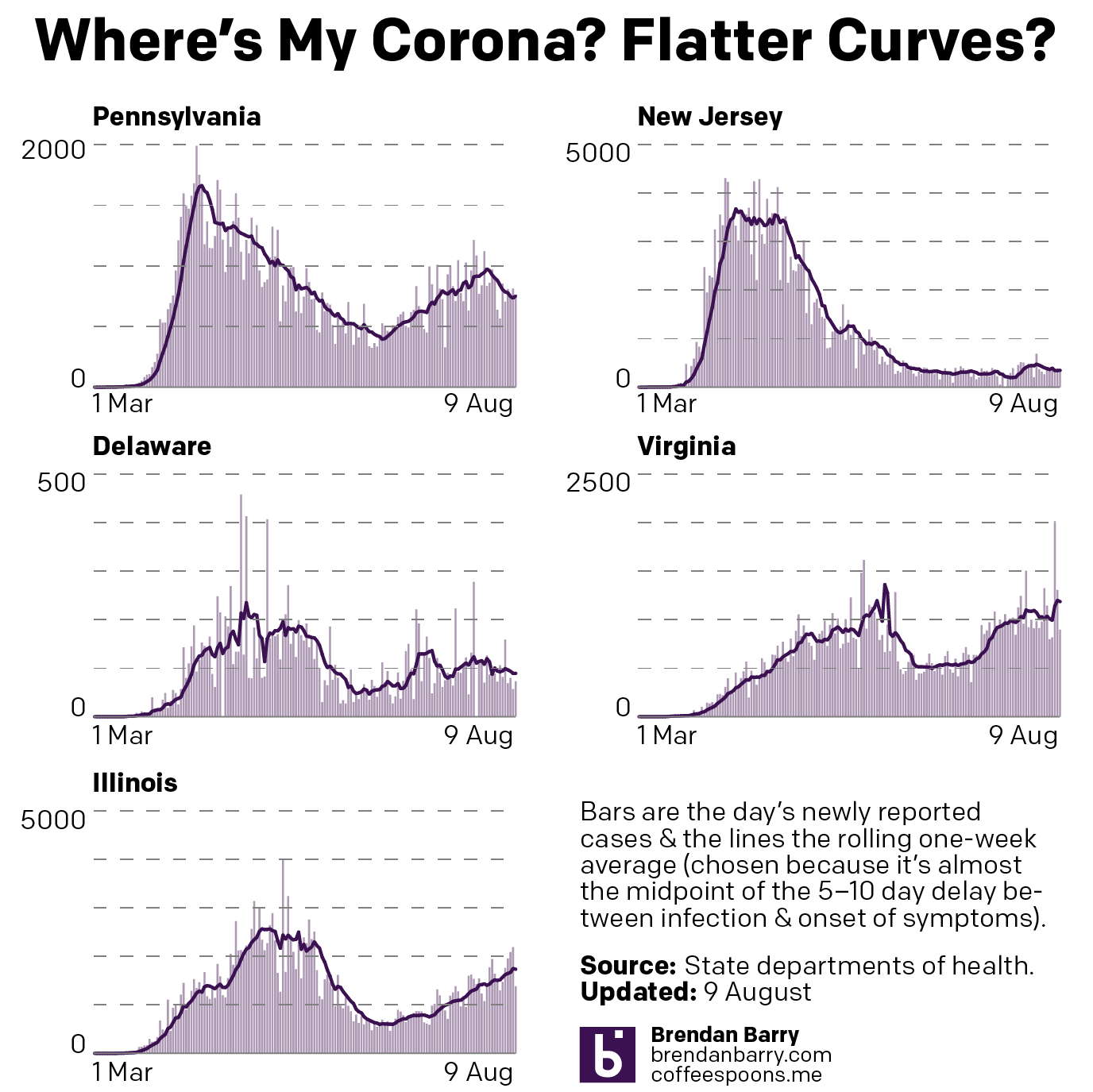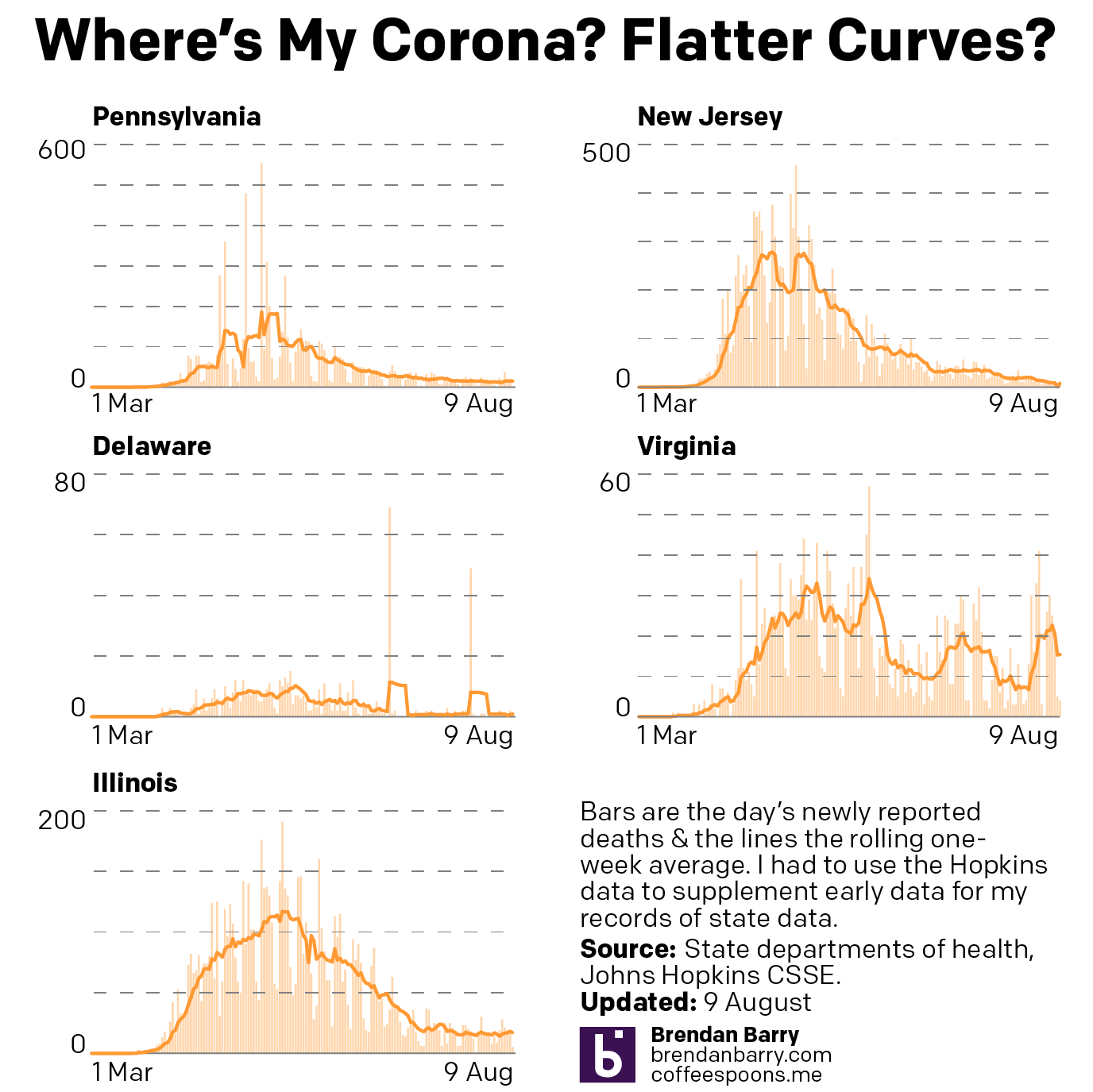For my non-American audience, the United States uses a federal system under which its constituent states retain the responsibility for organising and executing elections. And so we have 50 different electoral systems. A select few use the United States Post Office (USPS) to distribute blank ballots to voters and collect them when completed. Five states have used this system without issue for years (and infinitesimally small issues of fraud): Colorado, Hawaii, Oregon, Utah, and Washington.
But with the United States having failed to adequately deal with its Covid-19 outbreak, see yesterday’s post, most US states will be expanding their mail-in ballots to help protect voters and keep them safe. But this all depends upon the USPS. The Trump administration fears losing the election and in a press conference Trump admitted aloud that he wants to withhold funding from the USPS to prevent people from voting.
What does that look like? Well, Trump appointed a new postmaster general to carry out his wishes and the Washington Post created this graphic to show where the USPS has reduced the sorting capacity, a critical part of the delivery of postal ballots.
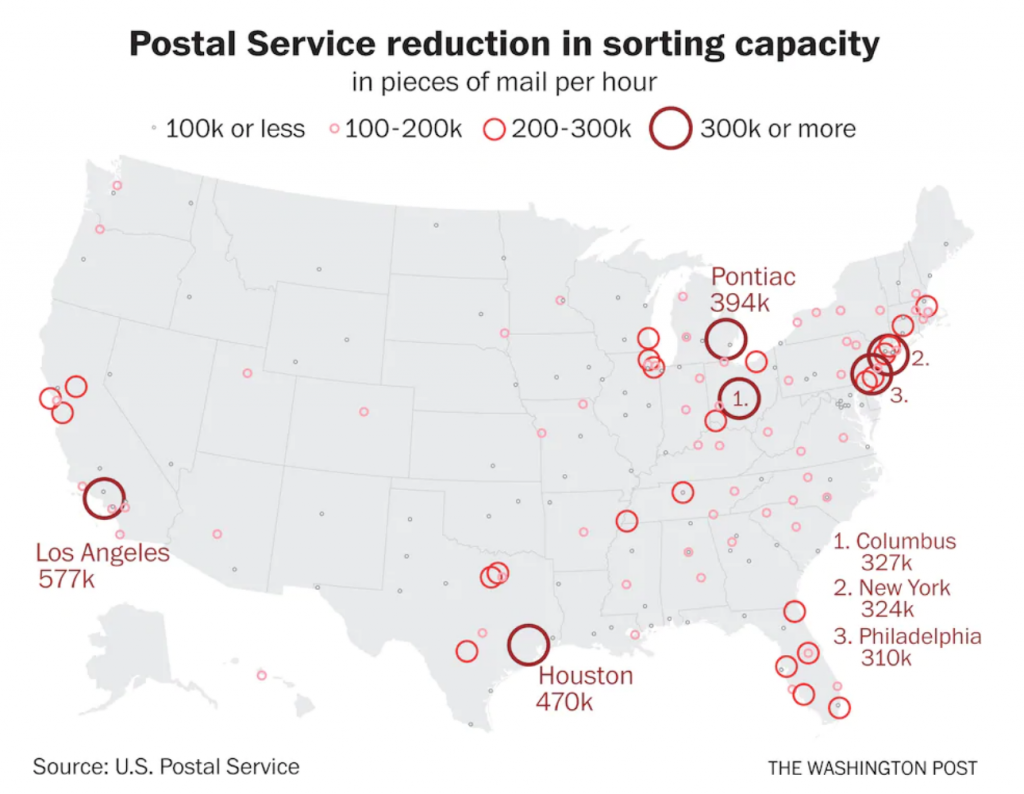
Often I will write about how I don’t like the use of circles and their measurement by area.
First, the advantage of the circles here is that they are tied to specific geographic sites, and they do not refer to geographic areas like counties, states, or regions. So in this case, this is a plus.
Second, the circles appear to not be sized by area, but maybe by diameter. I would need more time to investigate this, but the areas look off. But I should add I do like how the largest postal facility impacts are called out by labels, and those in heavily clustered areas are numbered and placed off the southeast seaboard.
Third, I’m not really sure why the colours are necessary, or rather, what changing the colours adds given that the sizes of the circles is already changing.
So while I have some issues with what’s going on here, the content itself is critically important for people to see. Note that a number of the largest postal facilities by impact are located in Ohio, Pennsylvania, Michigan, and Texas. And Florida has a lot of medium-sized circles. And while Texas is likely still a Republican state in the electoral college, Biden is currently polling within a good night’s results’ reach of Trump there. The other states are all solidly swing states up for grabs or with Biden leading by some degree in the current polling.
Credit for the piece goes to the Washington Post graphics department.

